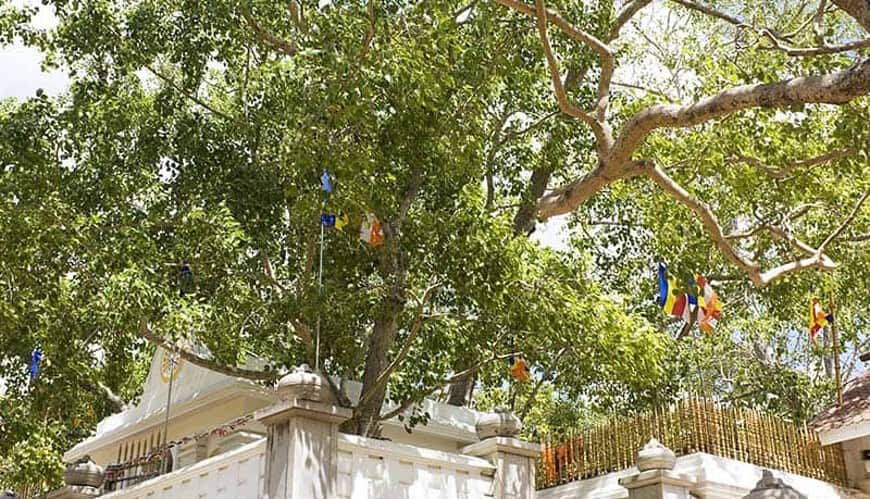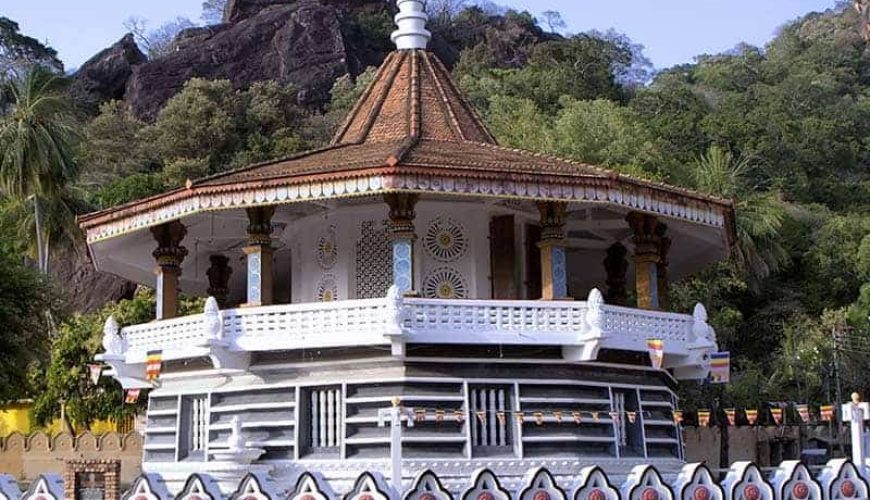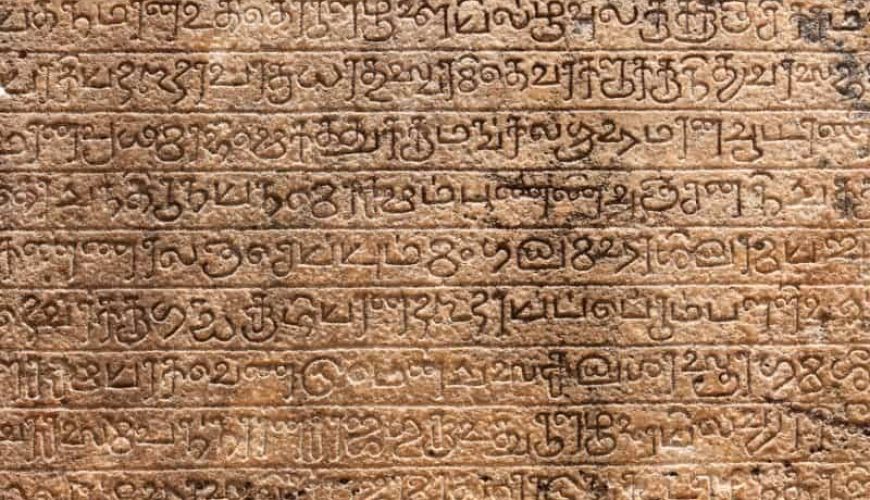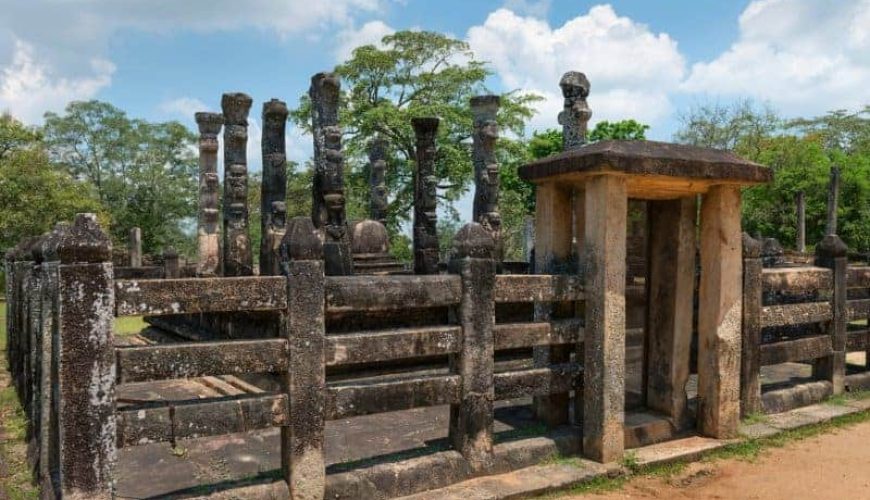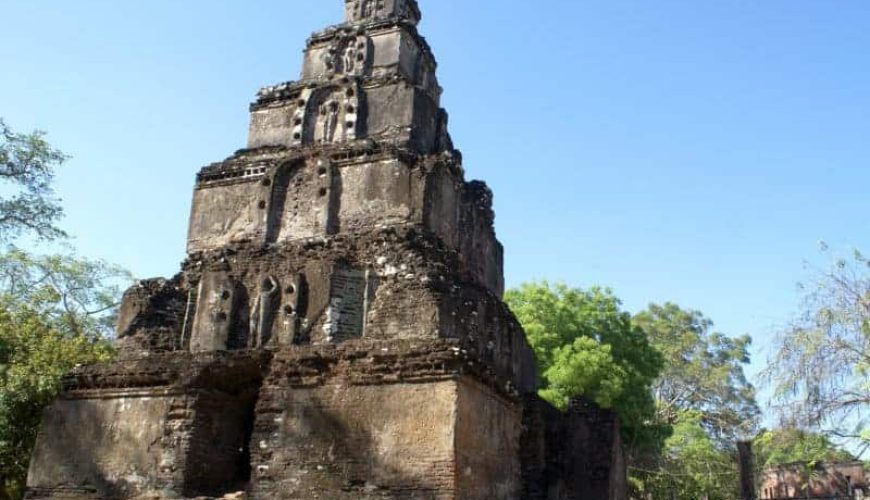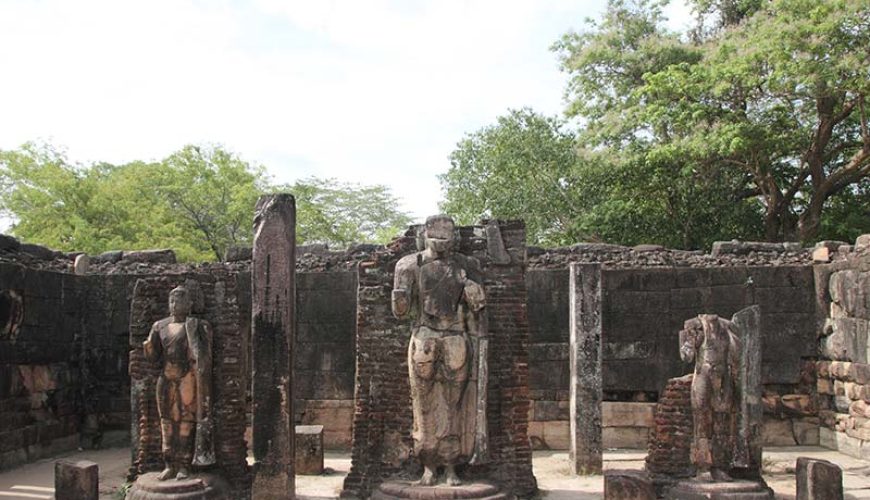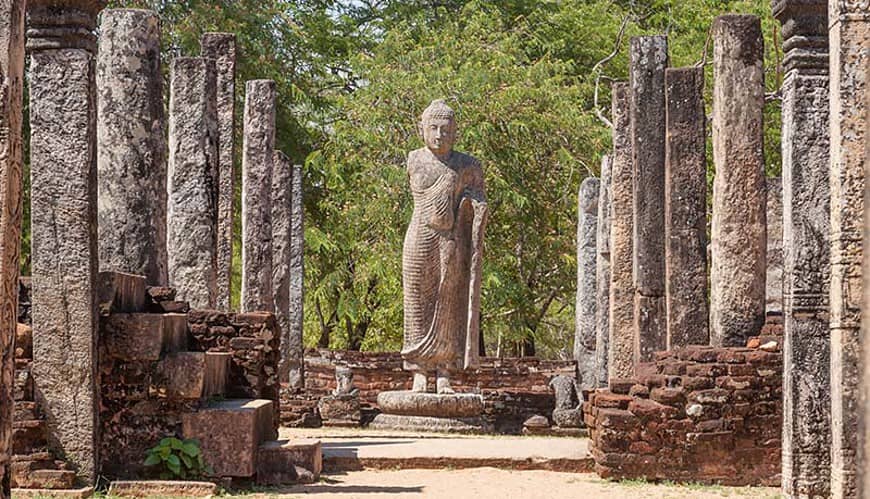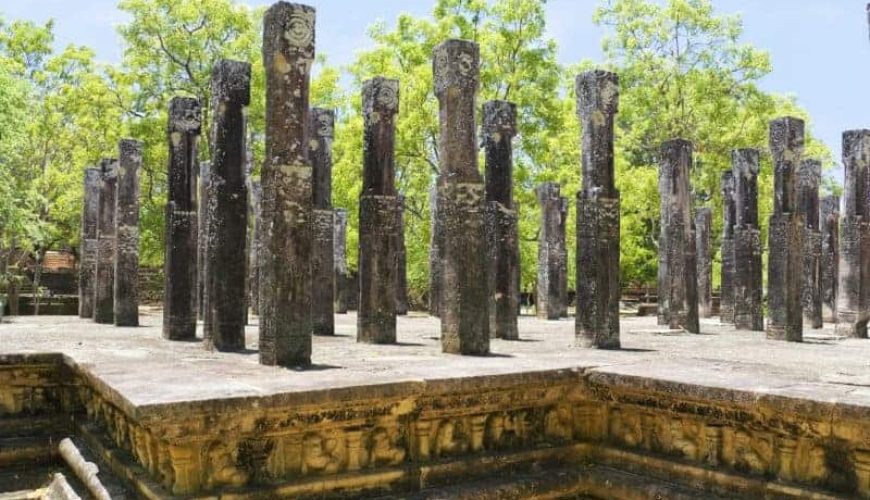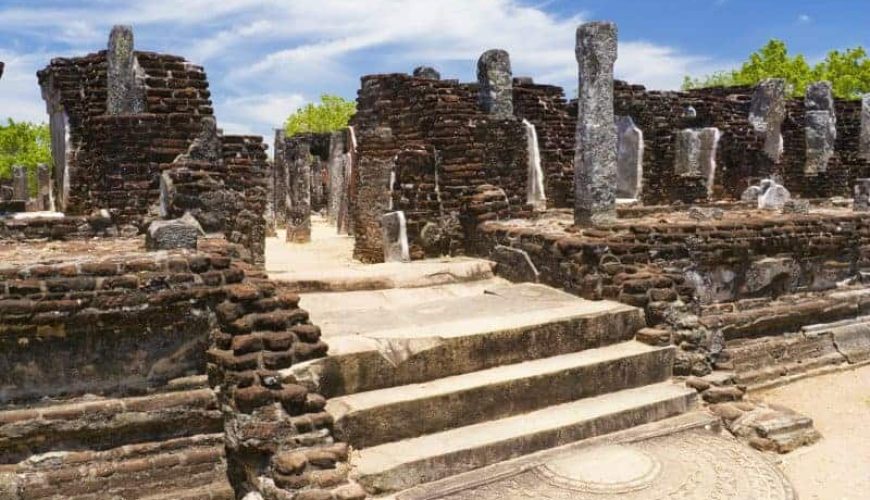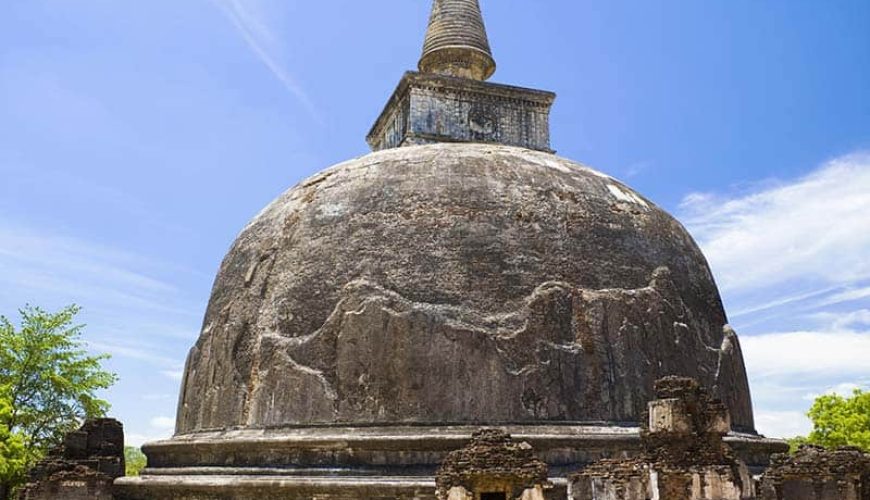Sri Maha Bodhiya
Sri Maha Bodhiya is a sapling from the tree under which lord buddha attained enlightenment and is one of the most hallowed sites of pilgrimage in Sri Lanka.
Dimbulagala Vihara
Dimbulagala Vihara has functioned as a religious institute for millennia and most recently as Gunner’s Rock during the period of British colonization.
Gal Potha
Gal Potha, literally translated as ‘Stone Book’, is written in three columns and with 4,300 characters. It is the most self-appraising ancient inscription.
Nissanka Latha Mandapaya
Nissanka Latha Mandapaya was more like an arms hall built by King Nissanka Malla for his personal benefit and for listening to Buddhist sermons.
Satmahal Prasada
Satmahal Prasada is a seven-storied building in the form of an East Asian pagoda. The structure is attributed to Parakramabahu the Great of Polonnaruwa.
Hetadage
Hetadage borrows its evocative name from its very construction design. “Heta” means sixty, and it may have contained sixty relics and images of the Buddha.
Atadage
The Atadage is an important building in ancient Polonnaruwa. It belongs to the Dalada Maluva, a group of the most revered religious structures in the city.
Alahana Pirivena
Alahana Pirivena is among the largest and most famous ancient pirivena complexes in Polonnaruwa, Sri Lanka. It belongs to the reign of King Parakramabahu I.
Buddha Seema Pasada
Buddha Seema Pasada was a convocation hall, which was 12 stories high and with 108 stone pillars, and among the most incredible buildings in Polonnaruwa.
Kiri Vihara
One of the most revered of the Polonnaruwa stupas is the Kiri Vihara, which was commissioned by one of Parakramabahu I’s queens, supposedly named Subadhra.


